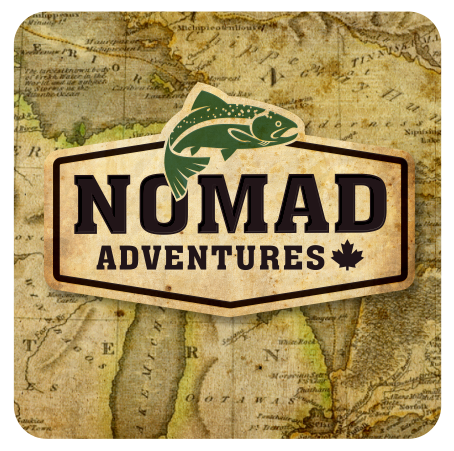|
A Great Lake revival
The demise of alewives and salmon in Lake Huron brought something nobody expected: An explosion of native species. Is Lake Michigan next? And could a more diverse ecosystem offer protection against Asian carp and other invaders? By Dan Egan of the Journal Sentinel staff Linwood, Mich. — Ernie Plant's eyes get wide when he talks about how spectacular Lake Huron's salmon fishing was back in the late 1980s, when his dad would take him up north on Friday nights after his high school football games. They'd spend fall weekends along the shore of the lake chasing the chinook that were chasing the alewives that ran so thick they even teemed in water-filled ditches along coastal roadways. A Watershed Moment Third of three parts Published Dec. 7, 2014
"We never had a boat," said the sales manager at Frank's Great Outdoors, a gear and bait shop north of Bay City. "But we didn't need one." When Lake Huron's salmon crashed a decade ago, Plant, who holds a degree in biology from Northern Michigan University, had no doubt the lake would eventually right itself and the fish would come back. And fish did return — but they weren't the fish Plant or many others expected. What has happened in the decade since the crash of Lake Huron's two dominant species — invasive Atlantic alewives and the giant Pacific salmon planted to gobble them up — is a remarkable story of nature's resilience. Efforts by lake managers to sustain the invasive alewives to keep the salmon fishing rolling had, for decades, pushed native species to the fringes. But when the alewife dwindled and the salmon followed, there was an almost instant surge in native lake trout, walleye, smallmouth bass, chubs and emerald shiners. "It all happened as soon as the alewives were gone," said Michigan Department of Natural Resources biologist Dave Fielder. "The natives started producing like crazy." The remarkable result is that today the top of the Lake Huron food chain more closely resembles its natural self than anytime since the lamprey and alewives invaded in the mid-1900s. Jim Johnson "Lake Huron's fishery," said Jim Johnson, a retired biologist with the Michigan DNR, "is more stable and robust in the past four or five years than it has been in a long time." It has everything to do with the disappearance of alewives, and little to do with Howard Tanner and Wayne Tody's grand salmon plan, crafted after alewives had over-run Lakes Michigan and Huron. Tanner said he was never interested in trying to bring back native species just because they were native. He wanted the best sport fishery he could fashion from the lakes — and for him that meant Pacific salmon. And that led to managing the lakes in a manner that would preserve the invasive alewives for the salmon to eat. |
FISHING NEWS ONTARIOOntario and Great Lakes region salmon, steelhead, and migratory trout fishing articles, information, news, and reports. Stay up to date on our most recent trips, events, tournaments, and general news on adventure fishing and kayak fishing in Ontario and Canada. Archives
April 2021
Categories
All
Links |



 RSS Feed
RSS Feed